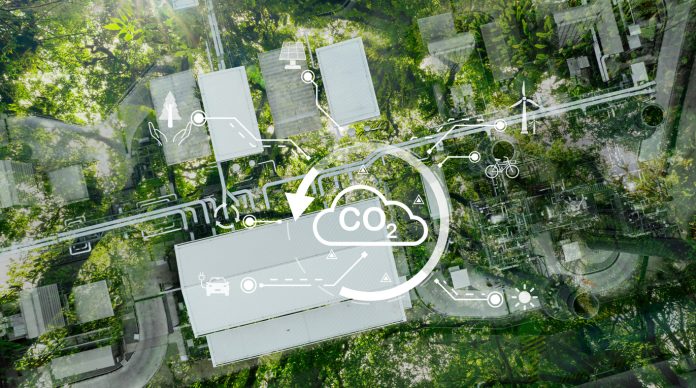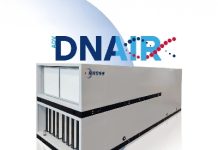Researchers at Politecnico di Torino have developed new energy storage technology that could help tackle two major global challenges: reducing industrial carbon emissions with supercapacitors and boosting renewable energy efficiency
The new approach changes traditional supercapacitors into multifunctional devices capable of capturing and purifying carbon dioxide (CO2) while still producing and storing energy.
This solution is because of the CO2CAP project, which started in 2021 and was funded by a Starting Grant from the European Research Council (ERC). Professor Andrea Lamberti leads the Department of Applied Science and Technology research. The team’s latest development shows a significant step toward more sustainable and integrated energy systems.
Improving supercapacitors with new capabilities
Supercapacitors are energy storage devices known for their rapid charging and discharging capabilities. They already complement batteries in renewable energy applications, particularly where energy supply fluctuations make batteries less efficient. However, the CO2CAP team has added a strong new function to these devices.
By redesigning key components, particularly the electrodes and the electrolyte, the researchers have enabled supercapacitors to selectively capture CO2 from exhaust gases, such as those produced by industrial processes. The captured CO2 is purified, and at the same time, the energy involved in the process is converted and stored for future use. This is achieved using a novel ionic liquid electrolyte, a solvent-free salt that remains in a liquid state at room temperature.
Sustainable design
One of the most promising parts of this technology is its adaptability. It can be integrated into existing supercapacitor systems without requiring entirely new production lines.
This makes it a cost-effective option for manufacturers already involved in battery and supercapacitor production.
The European Union’s European Battery Alliance plans to establish 30 gigafactories for battery and supercapacitor production by 2030. The CO2CAP technology is expected to reach the implementation phase around the same time, after completing its Proof of Concept and raising its Technology Readiness Level (TRL). This alignment positions the innovation well for rapid market adoption.
Industrial applications and environmental impact
The technology is particularly good for industries with high carbon emissions, such as concrete, glass, and heavy manufacturing.
This solution supports circular economy principles by capturing CO2 directly at the source and converting it into energy and reusable materials. Captured carbon can be transformed into high-value products, including reagents, polymers, and organic compounds, reducing environmental impact and creating economic value.
A step forward in the energy transition
This new technology could be essential in the energy transition, offering a more efficient, sustainable approach to energy storage and carbon management. As renewable energy adoption increases and industries seek cleaner technologies, solutions like CO2CAP provide a blueprint for smarter, greener systems that work across sectors.
By combining carbon capture and energy storage into a single, scalable device, the Politecnico di Torino team setting the way toward a future where energy production and environmental responsibility go hand in hand.











